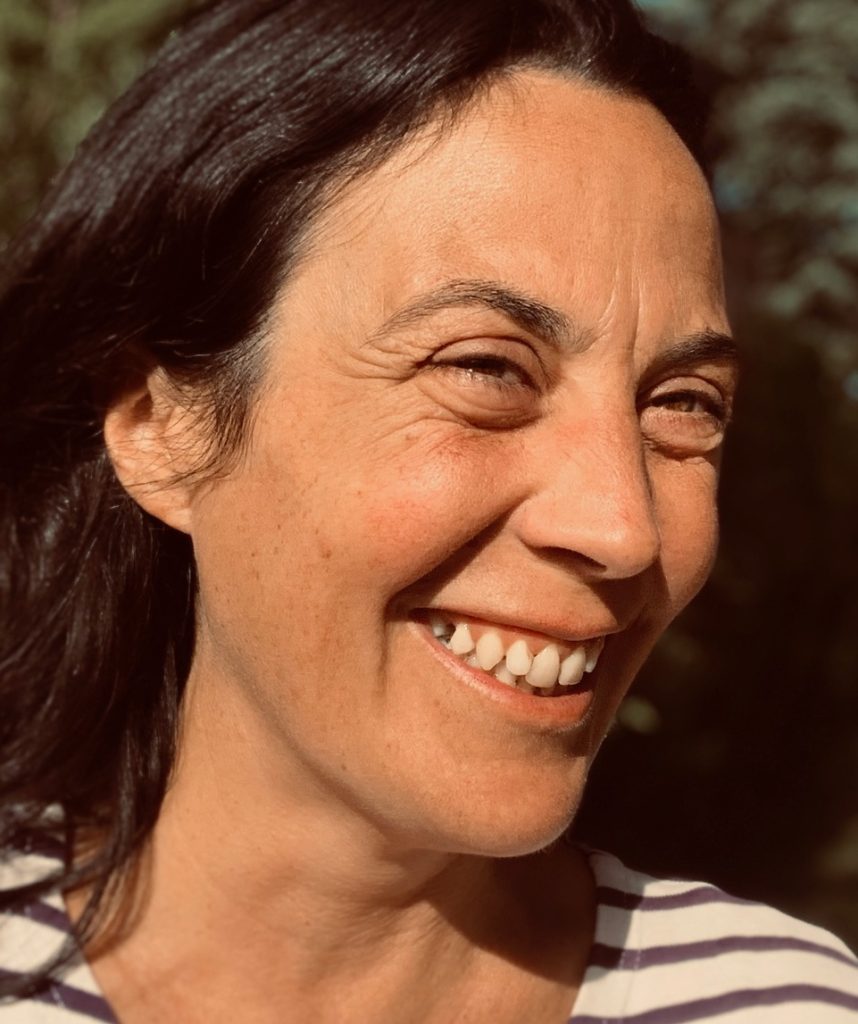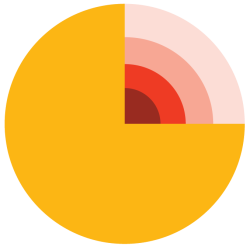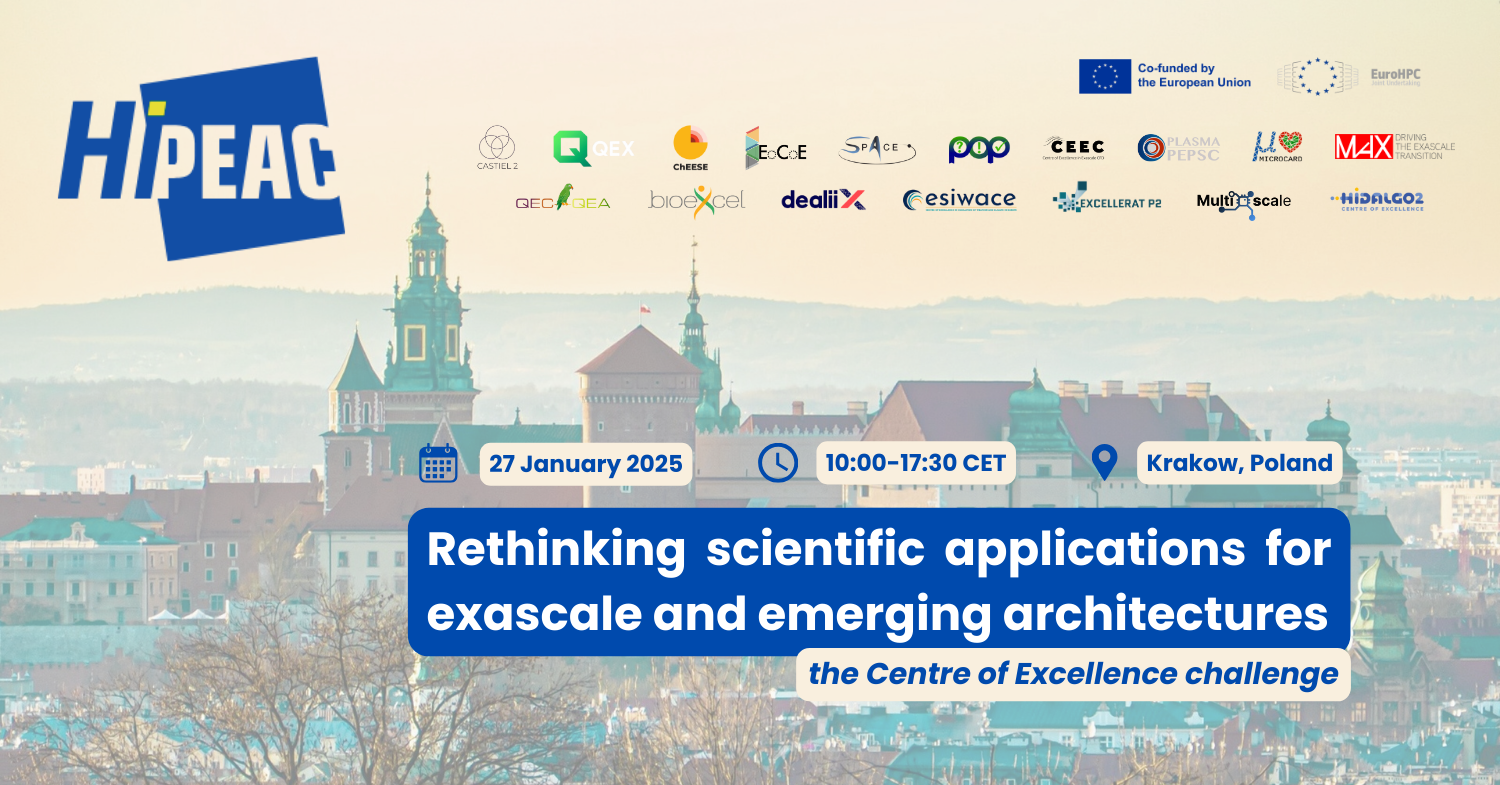Laetitia Le Pourhiet, a Professor at Sorbonne Université and a member of the Institut Universitaire de France, combines her geological expertise with advanced high-performance computing to unravel the complexities of tectonic processes. Her work focuses on understanding the rheology of the lithosphere and the dynamics of plate boundaries, particularly the enigmatic strike-slip faults. By developing and enhancing numerical codes like pTatin3D, her research bridges geological observations, geophysical data, and computational models to shed light on long-term tectonic processes and their short-term seismic implications.
In this interview for the Meet the Researcher series of the ChEESE Project, Laetitia shares her journey from field geology to advanced simulations, reflecting on the challenges and breakthroughs in the project. She discusses how her work contributes to seismic hazard assessment, the evolution of computational tools, and her passion for connecting small-scale processes with large-scale geological trends.
What are the main contributions of Sorbonne Université to the project?
Sorbonne Université participates in the project through the development of pTatin3D, a code designed to study plate tectonics.
Reflecting on the past year, what moment in your research or the project has been particularly significant for you, and why?
I was awarded a five-year delegation at the Institut Universitaire de France that starts now for a project on modelling strike-slip faults that tightly relies on the new tools we are developing within ChEESE2P. I know, deep down, that with this extra time to breathe scientifically and the new performance of pTatin3D thanks to ChEESE2P, I will really be able to better understand how these types of plate boundaries actually form and evolve through short-term events.
Can you explain how your work plays a role in hazard assessment?
When an earthquake strikes, the location of the source, the lateral extent of the rupture that determines its magnitude, and the rupture velocity depend heavily on the geometry of the faults and the stresses acting on them. The first factor is inherited from the formation of plate boundaries and is typically what pTatin3D is designed to study. The second factor depends on the fault geometry, the topography, and the long timescale (200 kyr – 1 Myr) and short timescale (100 yr – sec) interactions with other local and regional faults. For this, pTatin3D is capable of providing only the first part, which can serve as initial conditions for codes like Tandem or SeisSol, which can only handle the short-term interactions on the existing fault network. Our goal in the project is to couple these two types of codes to produce simulations that capture how geodynamics influences the behaviour of faults.
Are there any particularly challenging aspects or obstacles that you’ve encountered in your research in ChEESE, and how have you overcome them?
The challenging aspect is that all these simulations are quite costly, and if we want to do them routinely, it is necessary to improve the performance of the code on pre-exascale computers. Now that we have identified the bottleneck in the execution of the code on the EuroHPC machines, we are currently working on implementing new objects that will allow faster communication between the GPU-accelerated part of the processor and the classical CPU part. This will not be implemented directly in pTatin3D but rather in the PETSc library that pTatin3D depends on. As such, it will benefit a much larger community of end-users.

Can you discuss any recent achievements or milestones that your team has reached within the framework of the project?
We have finished coupling pTatin3D and SeisSol, and we are now able to run, albeit on a fault network that is much simpler than what we expect to run when the code can better utilise the EuroHPC machines.
How do you foresee the impact of your research on the understanding and management of geological hazards in Europe?
I believe that our research will bring new insights into the physics of earthquakes. Being able to quantify, out of all the parameters of a complex long-term fault network, which ones clearly influence the rupture dynamics and the location of the epicentre, and which ones can be neglected or approximated, will help design the next generation of seismic hazard assessment models.
As a geologist working with high-performance computing and large-scale simulations, what inspired you, and what aspects of this research do you find most exciting?
I became passionate about geology at a young age because I like the idea of envisaging the world I live in, and seeing every little problem as a small thing compared to the timescales used to discuss mountain building or palaeontology. Growing up and becoming a researcher, I remained passionate about how small timescale processes build upon or depend on large timescale trends, and the only way to understand how they work is through modelling. HPC now permits us to bridge scales like never before, and as computers evolve, we can tackle more and more timescales and processes to better understand how the big picture and the small picture interact.
If you were not a researcher, what career path might you have pursued?
I really don’t know. I was not planning to be a researcher when I was young; I just liked science and travelling on my own with my backpack. So, I could have ended up doing a lot of things in many different places. Life is full of opportunities, but I am really happy I became a researcher; it is a truly exciting job.
For aspiring geologists or individuals interested in a career in your field of research, what advice would you offer to guide and inspire them?
To enjoy this kind of career, you need to enjoy working hard. I mean, it may not seem as fun as being a pure field geologist to write partial differential equations and solve them on a computer. However, Geosciences are really seeking more individuals with a very quantitative background to help tackle hazards, shortages in natural resources, and underground storage. I can promise that you will have the chance to go into the field too while enjoying the company of a great inclusive community.
Outside of your scientific work, is there a cultural piece (such as a film, book, or podcast) that has had a significant influence on your perspective or approach to your research?
Alice in Wonderland, perhaps among other books. You always need to pass through the looking glass to think outside the box, learn from your mistakes, collaborate with others, and forgive quickly… A key to a happy life in science!
Published: 03/02/2025
By Aerton Guimarães
From the ChEESE-2P Dissemination Team



